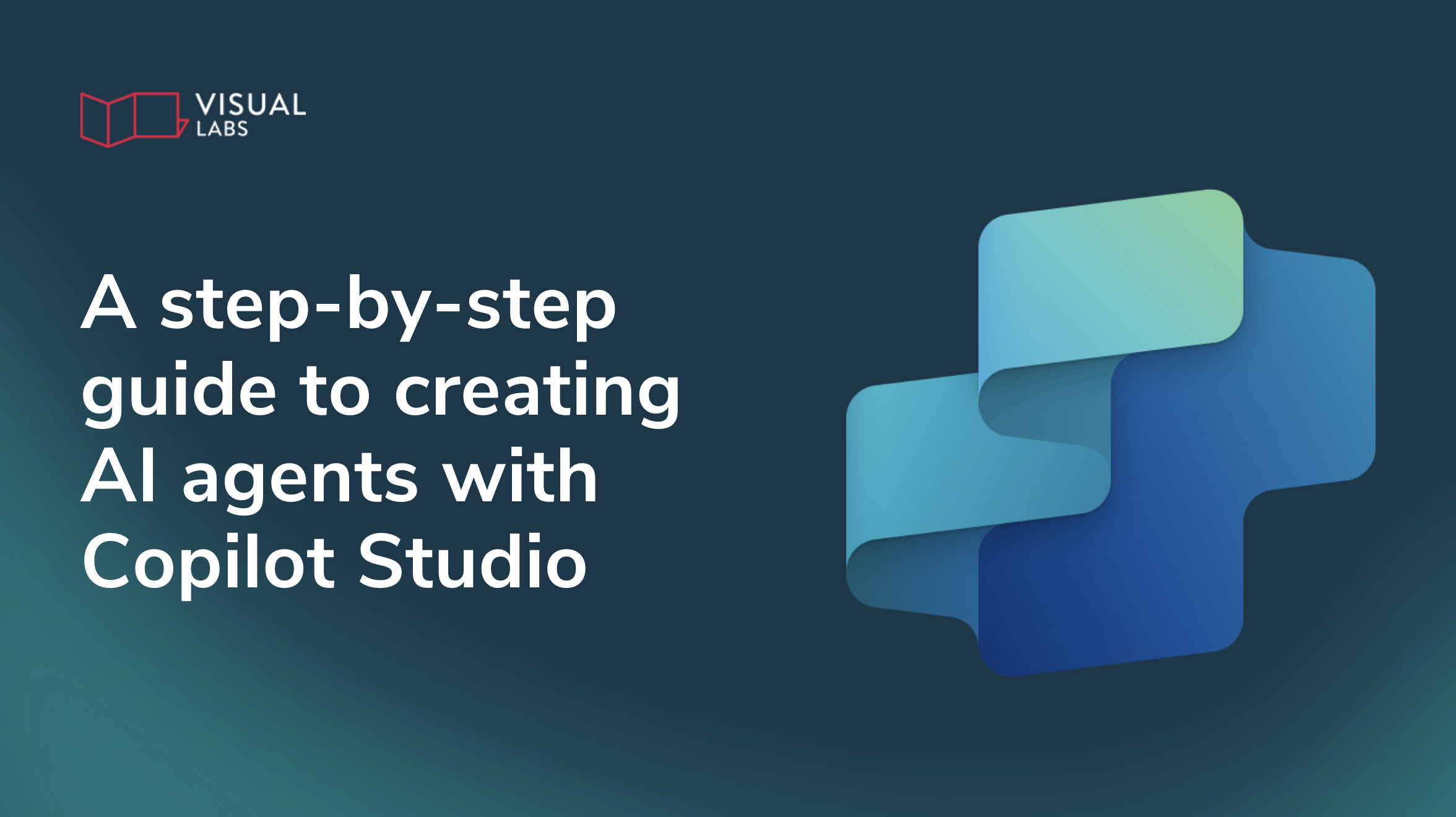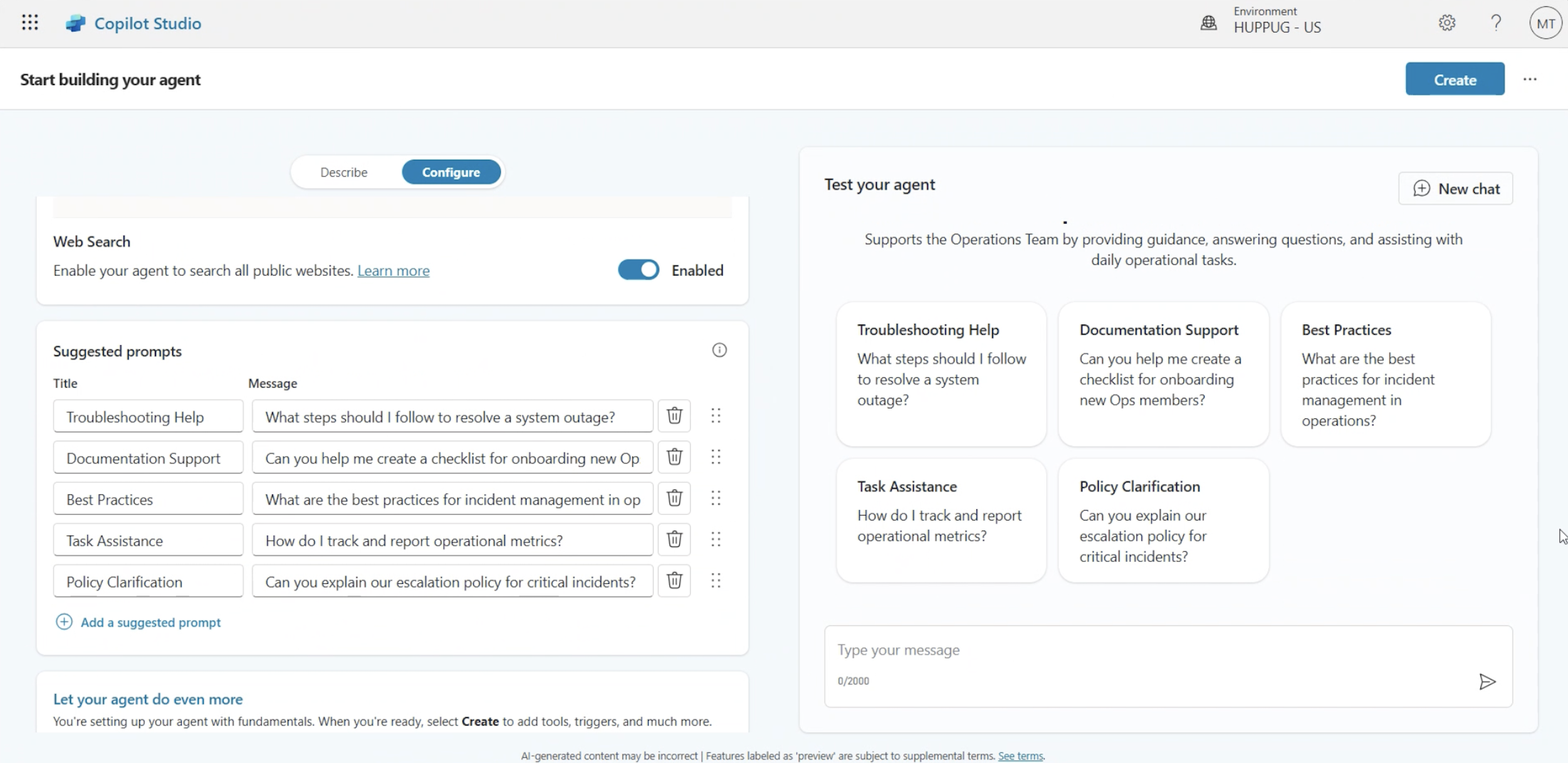
Every quarter we have three Objectives that will help us improve as an organisation. This can vary from Software Development practices to improving (or rather: re-hauling) our finance reports, but more will be written on these Objectives later.
This quarter, one of our Objectives is to start and cement having a company-blog. This has been a recurring topic since the beginning of the organisation - although I've consciously put it to rest in the past years as we've been so focused on cementing the core team.
Last year, we started focusing on our marketing efforts and naturally, the topic of the blog has arisen. Initially, I thought that with Judit, our marketing and sales assistant, we can just put our heads together and churn out a bunch of posts, but then realised we need to get the "troops on the ground" to provide inputs - at least the backbone of a post to stand a chance of sounding novel and not just being "yet another corporate blog."
I knew it's not going to be easy to get a bunch of consultants knee-deep in project-work to get their focus and time allocated to writing blogs. What a perfect opportunity to make this a Q1 objective!
A reality check
I naively thought it'd be sufficient to call out the Q1 objective and have a brainstorming session about our social media usage and post ideas and off we go: blog posts will be sprouting left and right.
Six weeks later, the end of the quarter is nearing, and we have 0 posts.
So what can I do to get our smart and eager colleagues to exert discretionary effort to create a blog post - let alone, get into the habit of writing and maintaining a blog.
I resorted to the following basic management (leadership?) tactics in yet another Dojo agenda point. (Dojo: The forum held weekly for the development of our internal operations.)
Start with why
We talked with the team about what's the purpose of writing a company blog and why it matters in the professional services industry:
It's so easy for anyone to say they are experts in a particular topic but what speaks volumes is if we provide insight into our expertise.
Plus, it also makes it possible to create more meaningful "noise" on LinkedIn and social media.
Not the least, we maybe help fellow Power Platformers, consultants and end-users alike by publicly sharing knowledge bites that proved to be useful for us.
Provide context and address concerns
After having talked about the why, I showed an example of what good looks like (eg. https://www.ycombinator.com/blog/how-to-maintain-engineering-velocity-as-you-scale or https://www.faire.com/blog/) and asked the team if they have any questions, concerns.
The main message here was:
don't worry too much, just get started, we are not writing War and Peace here
Make it easy to start
Next, we talked about how we "don't need to start from scratch", a lot of what we do is documenting, so why not use those as a starting point for blog posts.
We have the following areas to go to for inspiration and starting points:
Wiki
Last year we started making good use of our Azure DevOps wiki sites and it's increasingly becoming an internal go-to resource. Why not just use some of the more useful entries to turn them into external-facing material?
Internal Comms
Not as often, but we do rely on written internal comms - such as our strategic goals, one-pager vision statement, competencies. We can turn these into blog posts that talk about us as an organisation, how we work and where we are heading.
Our clients are increasingly looking for "cultural fitness" when selecting a partner, so I'll be happy to share this openly. This may even help with recruitment and on-boarding.
Ways of Working
We are extensively using Azure DevOps, GitHub and generally the whole Microsoft eco-system to manage our work. I appreciate it's not straight-forward to design the toolkit at our disposal in a way that makes it ergonomic for every member of an organisation. We have lots of lessons learned in this place and our current Ways of Working is pretty well documented.
When we built our internal systems, it would have been great to understand like-minded companies' architecture. The toolkit we use definitely shapes us as an organisation (think: socio-technical complex systems), hopefully gives us a competitive edge, but sharing our good (and sometimes not-so-good) practices may benefit others with similar challenges.
Knowledge Sharing Sessions
We regularly hold knowledge sharing sessions, internal demos - lot of which is already documented - with a little effort and obfuscation, these can be easily turned into external-facing materials.
These will provide great insight into what are the areas that interest us and what challenges we face as a team in our projects.
Brainstorm
Prior to the Dojo, I asked that each PO is present or delegates a team member so we have the right coverage. I asked each team to gather post ideas based on the above and take them back to the team and select one which they will work into a full-fledged post in the coming two weeks.
Lead with example
I had to admit, I wasn't comfortable writing blogs myself (I had one attempt when taking a gap-year and travelled to India). Those that worked closely with me, know I'm not much of a writer.
But I had to be the "tip of spear that will break the ice", so here I am writing the inaugural blog post.. :)
Where to next?
Accountability and Follow-up
Hopefully, by now the message has landed with the team that this is something, we'll crack on with and asked the team whether they can get behind this. The jury's still out to see how many posts will be written by the end of the month.
We've put in a check-in for next to see how the teams are progressing with the single selected topic and see if we can help them overcome and doubts or concerns, they may have.
What we didn't do
Carrots or sticks
We quite consciously avoid tying performance evaluation or bonuses against our quarterly objects (very much in line with OKR principles) - hence we will not mandate a blog quota or tie it to any bonuses. I'd much rather have a few of our team members produce quality posts, then have everyone write poor ones out of sheer necessity
Emphasize how writing improves structured thinking and deep understanding
In hindsight, we could have talked about how writing helps improve one's understanding, and this is a great way to deepen one's knowledge.
So you may ask, why blogs? Why not YouTube videos and/or Podcasts? Don't worry, we'll get there eventually :)




